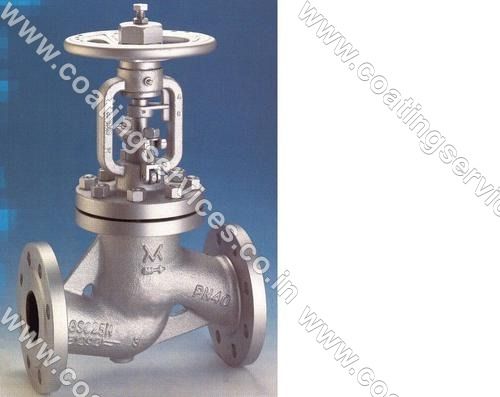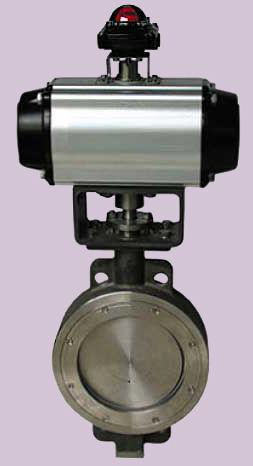स्टीम वाल्व
उत्पाद विवरण:
- स्ट्रक्चर
- मटेरियल
- पावर
- प्रेशर
- मीडिया
- काम करने का तापमान
- पोर्ट का आकार 15 mm to 80 mm
- अधिक देखने के लिए क्लिक करें
X
स्टीम वाल्व उत्पाद की विशेषताएं
- Angle/Globe Type
- 15 mm to 80 mm
- Steam Line Isolation, Steam Control
उत्पाद वर्णन
Our vast industry experience enables us to manufacture, supply and export a broad range of Steam Valves. The body and cap parts of these valves are manufactured by our most valued using bronze of IS 318 standards. Their spindle, diaphragm and seat are manufactured using premier-grade non-magnetic stainless steel while the diaphargm nut & gland are manufactured with brass bars that conform to the IS 319 standard. Offered Steam Valves are operational at steam pressure up to 17.5 Kg/ cm2, temperature up to 224 degree Celsius and cold non-shock fluids up to 21 Kg/ C.
Exceptional Steam Control
These steam valves are specifically engineered for reliable isolation and control within steam systems. The bubble-tight sealing and high-pressure capability ensure secure operation even under demanding steam conditions, making them ideal for industrial environments where precision and safety are paramount.
Versatile Connection and Construction
With both threaded and flanged options, these valves offer flexible installation across a wide range of piping setups. Available in angle and globe patterns, they deliver operational adaptability for diverse application needs. The robust bolted bonnet structure also guarantees ease of maintenance and long service life.
Premium Materials and Finish
Manufactured with stainless steel bodies and AISI 410 stainless steel stems, these valves resist corrosion and wear in high-temperature, high-pressure steam applications. The polished surface finish adds an extra layer of protection, ensuring both aesthetics and extended operational lifespan.
FAQs of Steam Valves:
Q: How can these steam valves be installed in existing piping systems?
A: These valves support both flanged and screwed end connections, allowing integration into various piping setups. For threaded installations, ensure the correct thread type matches your line, while for flanged connections, proper flange alignment and gasket selection are necessary for secure fitting.Q: What are the benefits of the renewable seat design in these valves?
A: A renewable seat allows for replacement without the need to remove the entire valve from the pipeline. This feature extends the valves service life, reduces downtime, and minimizes long-term maintenance costs.Q: When should I select an angle type versus a globe type steam valve?
A: Angle type valves are optimal for changing fluid direction and saving space in piping, while globe type valves provide precise flow control, making them suitable for throttling or regulating steam.Q: Where are these steam valves typically applied?
A: These steam valves are widely used in steam line isolation and control applications across industries such as manufacturing, power generation, food processing, and heating systems, particularly where high pressure and temperature conditions prevail.Q: What is the process for maintaining these valves?
A: Regular inspection for wear, periodic seat replacement, and checking for leaks ensure consistent performance. Thanks to the bolted bonnet and renewable seat design, maintenance operationslike cleaning or part replacementcan be conducted with minimal system interruption.Q: How does the Class VI leakage standard benefit users?
A: Class VI (bubble tight) leakage ensures that the valve provides an exceptionally tight shutoff, preventing steam loss and enhancing system safety and energy efficiency.Tell us about your requirement

Price: Â
Quantity
Select Unit
- 50
- 100
- 200
- 250
- 500
- 1000+
Additional detail
मोबाइल number
Email
Industrial Valves अन्य उत्पाद
 |
AAA INDUSTRIES
सर्वाधिकार सुरक्षित.(उपयोग की शर्तें) इन्फोकॉम नेटवर्क प्राइवेट लिमिटेड . द्वारा विकसित एवं प्रबंधित |

 English
English Spanish
Spanish French
French German
German Italian
Italian Chinese (Simplified)
Chinese (Simplified) Japanese
Japanese Korean
Korean Arabic
Arabic Portuguese
Portuguese





